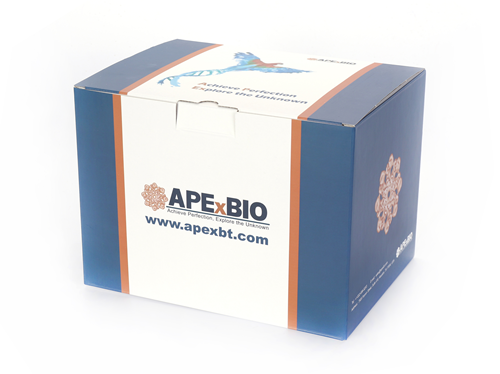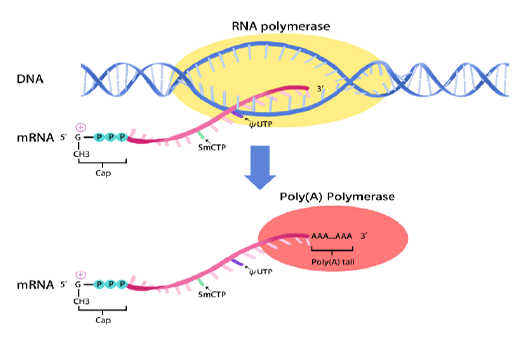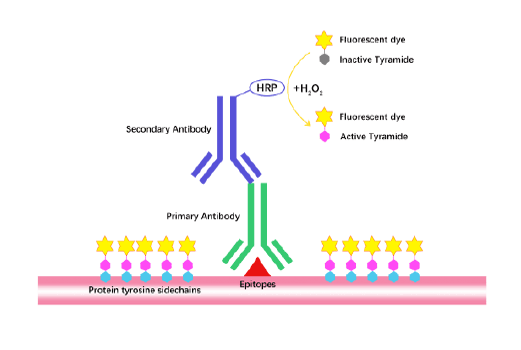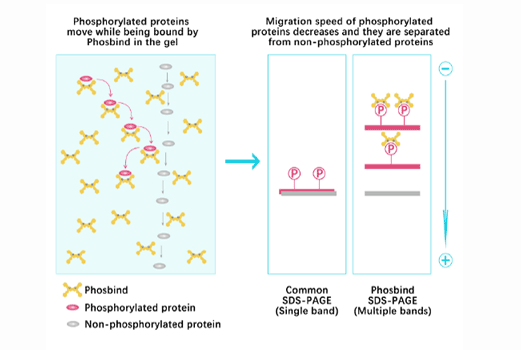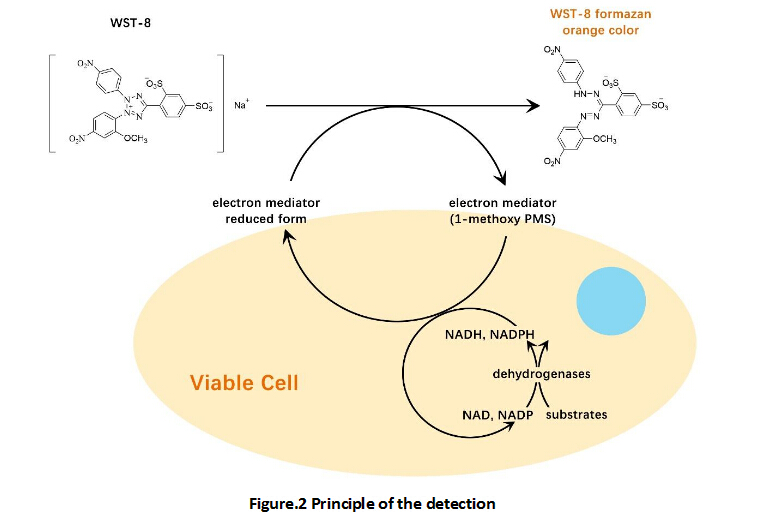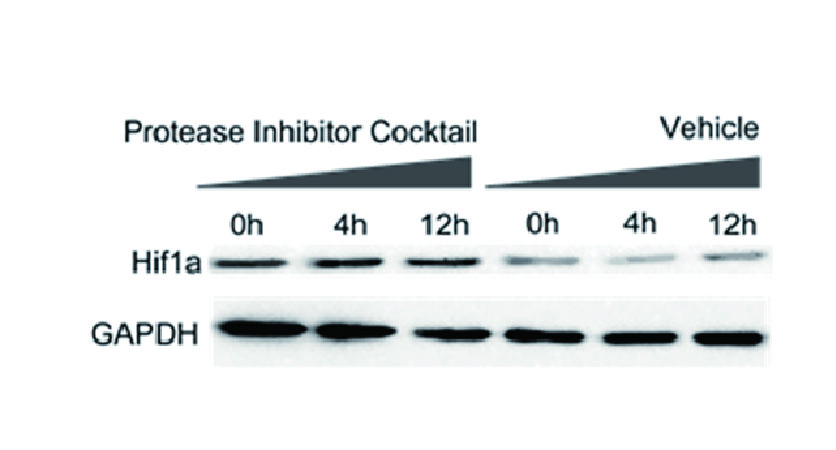Isoviolanthin
Isoviolanthin (CAS 40788-84-9) is a C-glycosylated flavonoid compound isolated from the leaves of Dendrobium officinale. It primarily exhibits the ability to reverse epithelial-mesenchymal transition (EMT) and possesses anti-metastatic activity in hepatocellular carcinoma cells. At non-cytotoxic concentrations of 2.5–10 μM, isoviolanthin significantly inhibits the migration and invasion of HepG2 and Bel-7402 liver cancer cells induced by 10 ng/mL TGF-β1, downregulates the expression and secretion of MMP-2 and MMP-9, and reverses changes in EMT markers (such as upregulating E-cadherin and ZO-1, and downregulating N-cadherin, vimentin, Snail, and Slug). Its mechanism of action involves blocking the TGF-β/Smad pathway (reducing p-Smad2/3 levels) and the PI3K/Akt/mTOR pathway (reducing p-Akt, p-mTOR, and p-P70S6K levels). This compound shows no significant cytotoxicity to normal liver cells (LO2), with cell viability remaining above 90% even at concentrations up to 100 μM. The C-glycosylation structure provides the basis for its pharmacological activity, indicating its potential value in the low-toxicity treatment of metastatic liver cancer and offering a candidate molecule for the development of related anticancer drugs.
References:
[1] Xing S, Yu W, Zhang X, Luo Y, Lei Z, Huang D, Lin J, Huang Y, Huang S, Nong F, Zhou C, Wei G. Isoviolanthin Extracted from Dendrobium officinale Reverses TGF-β1-Mediated Epithelial⁻Mesenchymal Transition in Hepatocellular Carcinoma Cells via Deactivating the TGF-β/Smad and PI3K/Akt/mTOR Signaling Pathways. Int J Mol Sci. 2018 May 23;19(6):1556. doi: 10.3390/ijms19061556. PMID: 29882900; PMCID: PMC6032198.
| Physical Appearance | A solid |
| Storage | 4°C, protect from light |
| M.Wt | 578.52 |
| Cas No. | 40788-84-9 |
| Formula | C27H30O14 |
| Shipping Condition | Small Molecules with Blue Ice, Modified Nucleotides with Dry Ice. |
| General tips | We do not recommend long-term storage for the solution, please use it up soon. |



